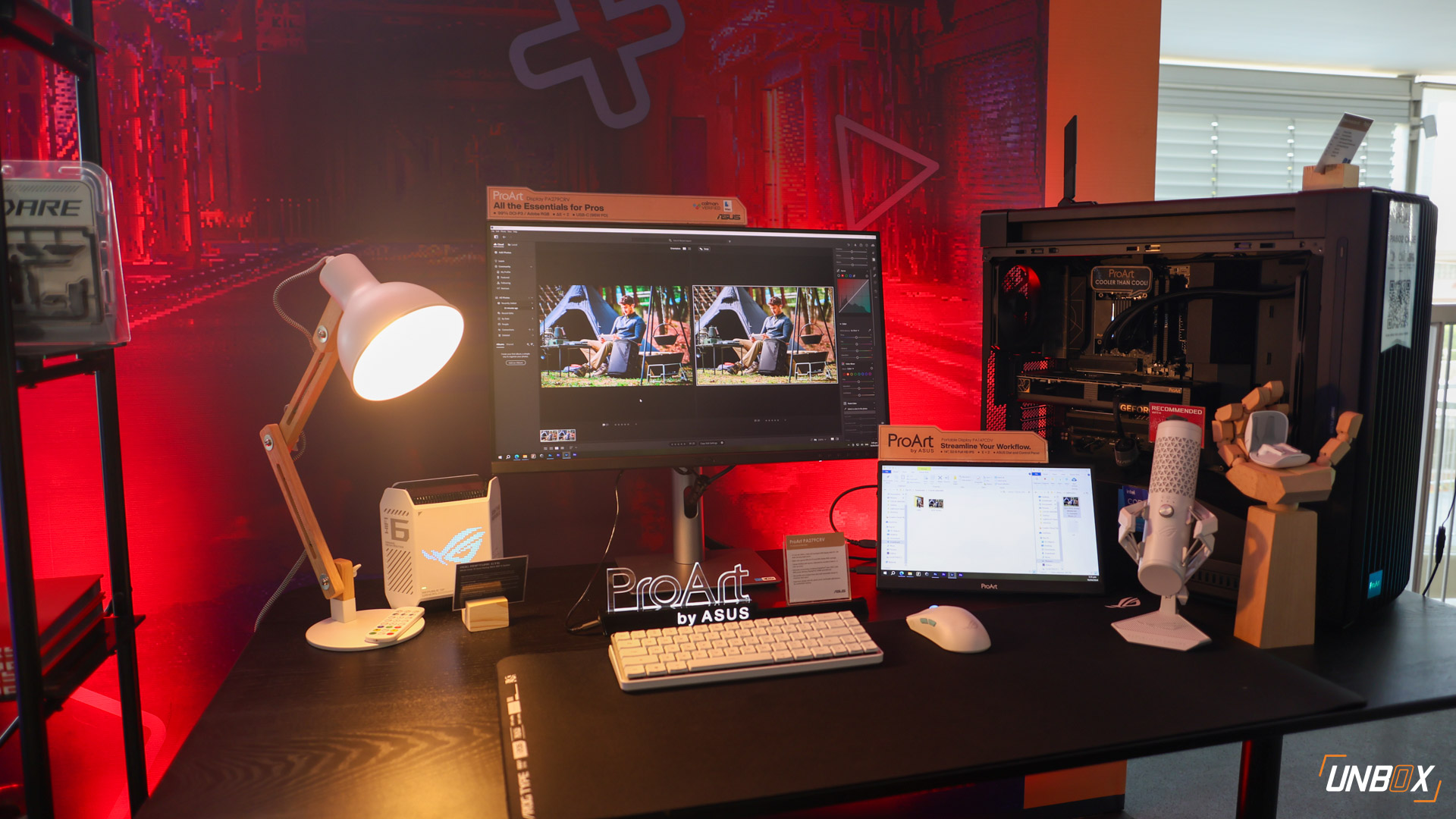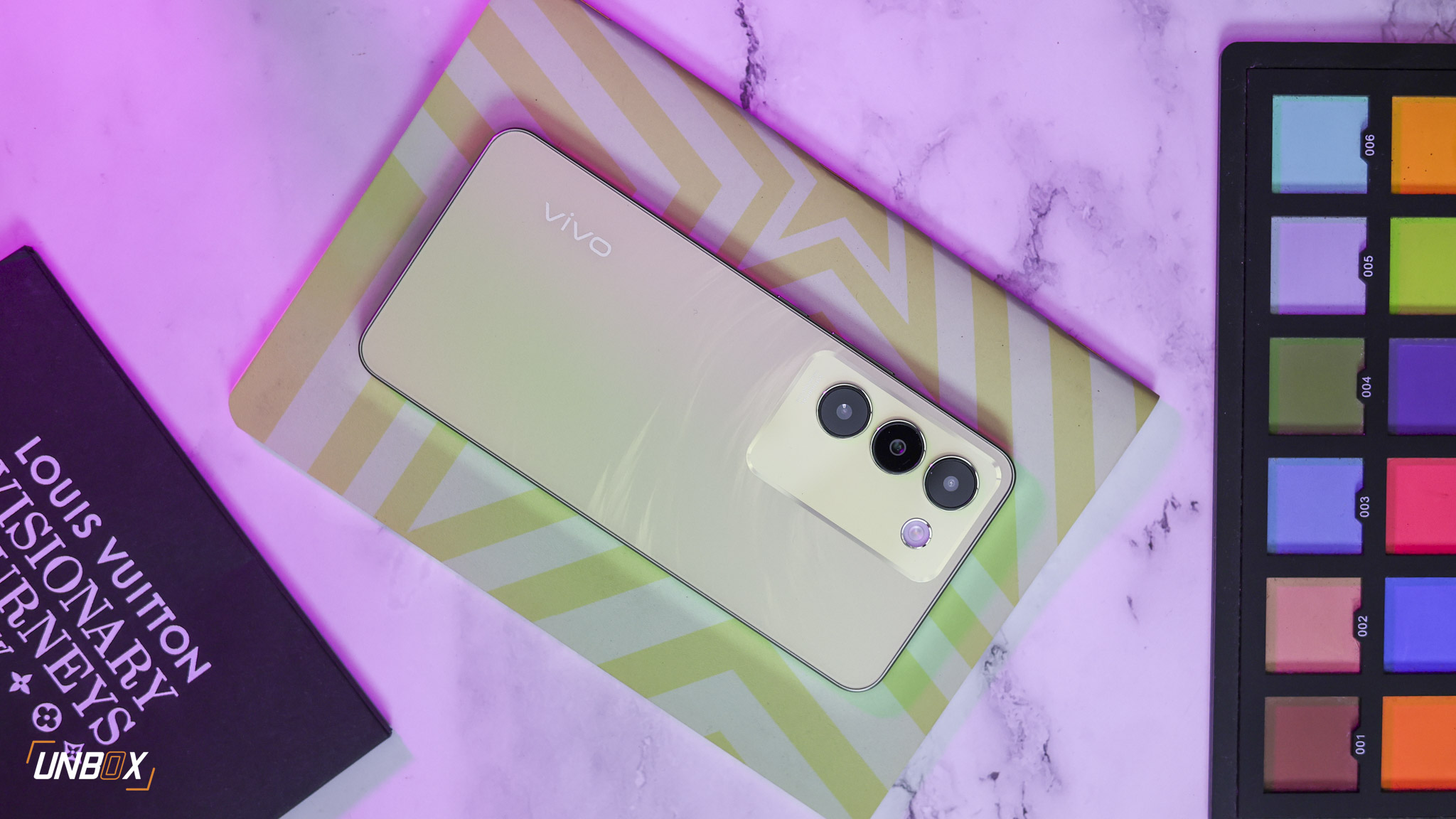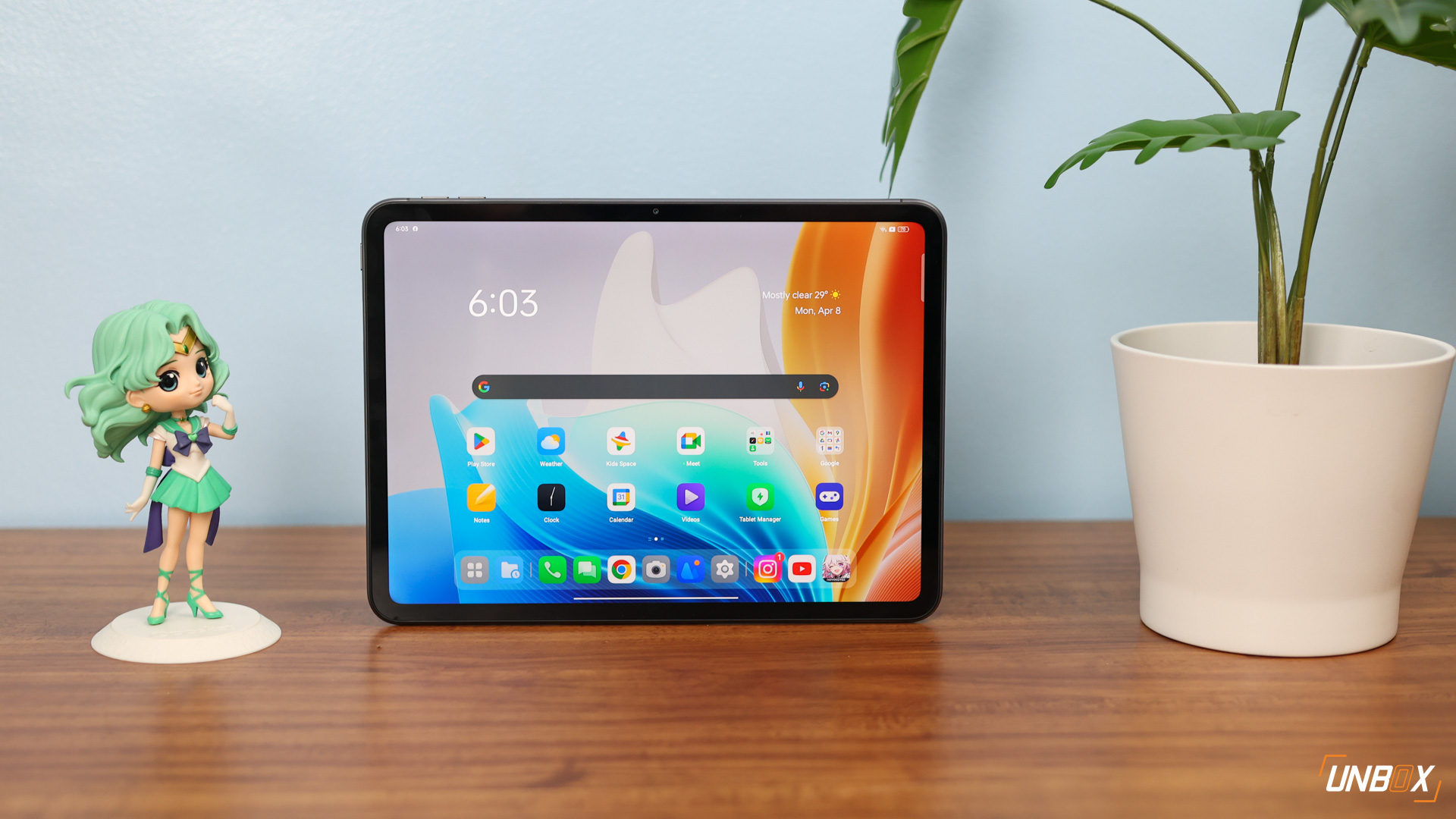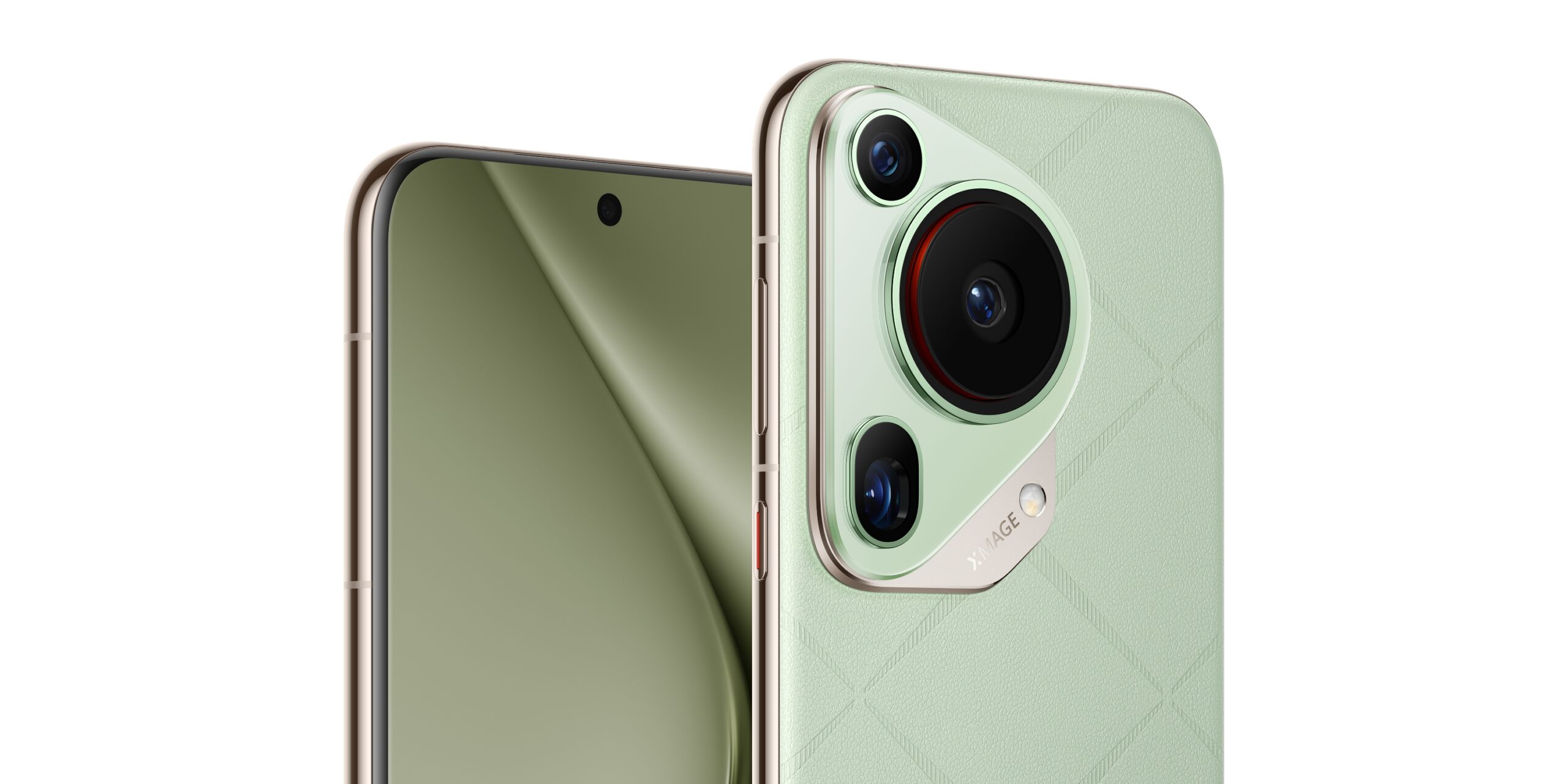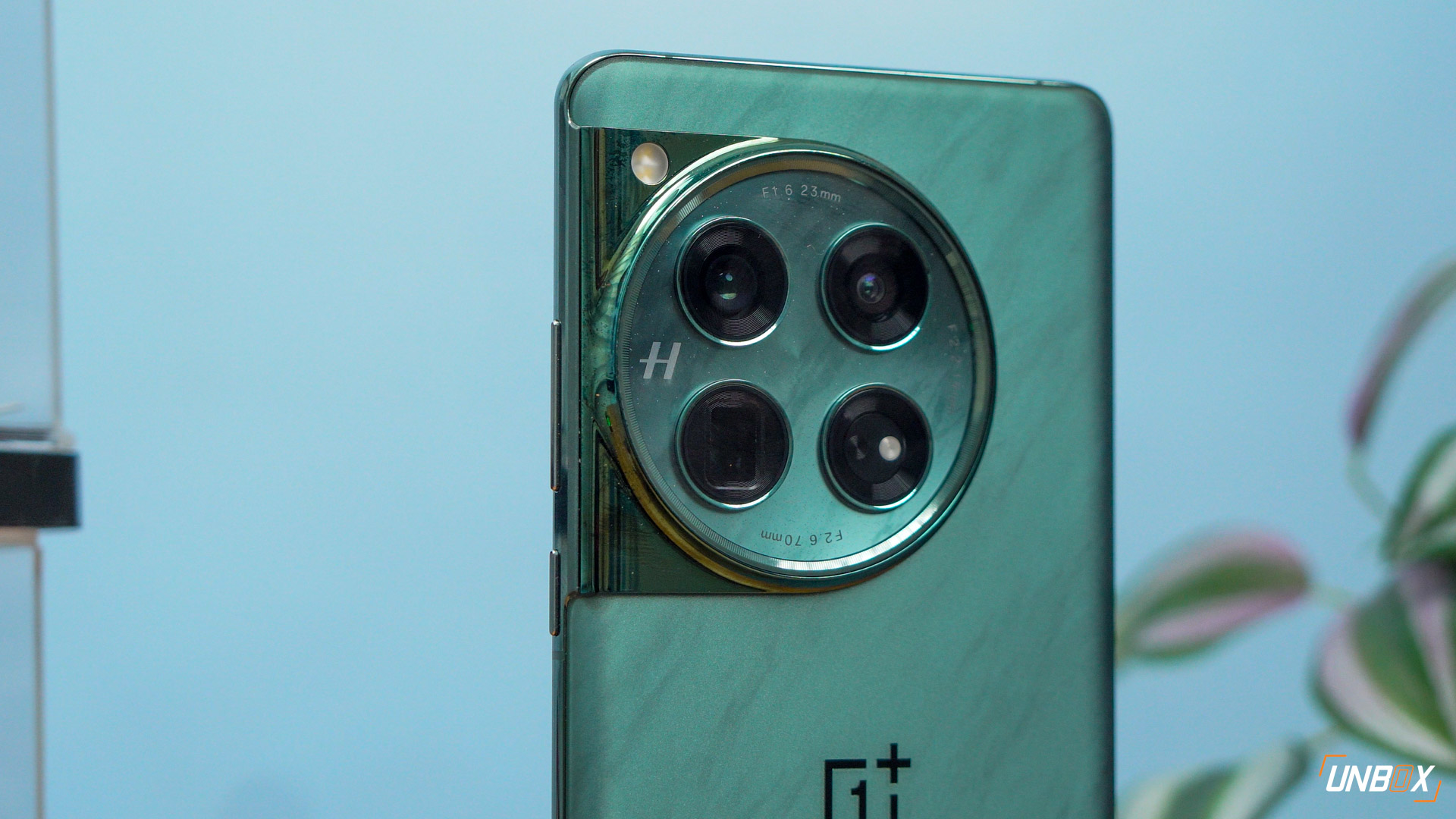And why aren’t they being sold here?
You’ve seen us post about ultra bang-for-your-buck devices being sold in mainland China, and many of you have been salivating at the thought of owning a sub-10K smartphone that has LTE on board, though sadly, very few of them will actually make their way here in the PH, and many of the devices that do have pricetags that are way different from what they initially shipped with.
So how can Chinese manufacturers like Huawei, Lenovo, Meizu and even Taiwanese brand ASUS sell smartphones in China that are so feature packed but have really low pricetags? Well, there are a few factors in play, but the three biggest ones are economies of scale, ease of logistics and the online selling model.
Each time you see a smartphone from Chinese manufacturers looking to unseat Xiaomi from their pedestal, you need to take into consideration that many of these devices are being sold close to cost. According to Phonearena, Xiaomi has an operating margin of 1.8% last year, and you can expect that to be similar to the other brands competing with them in the Chinese market. The reason that they’re able to sell these devices at those price points is that they sell so much of them netting them a (small) profit. To coin a (slightly culturally insensitive) phrase: “bentang intsik“.
Another way that they’re able to turn a profit on so small margins is the use of the online only selling method. Since China companies don’t have to partner up with resellers or distributors, the price isn’t padded and they can sell them straight from the warehouses of their factories right after they’re made. No costly logistics train to worry about, no international taxes or shipping need to be paid. That changes drastically when they ship the devices to the Philippines, where their respective brands usually have a master distributor, resellers and physical stores to worry about driving up costs, though obviously Xiaomi does not follow this model.
As far as some models not being offered in the PH (especially the LTE ones) the difference in the 3G and LTE radios used in the PH and the international market make it sketchy for some manufacturers to offer an international version. It’s not as simple as swapping out a 3G or LTE modem for an internationally compliant one, and further testing is usually needed to make sure the new modem plays nice with the other components in the device before it’s sold outside of China. To do that, companies need to spend more money on R&D, on a product that already have razor thin margins on the off chance that people may like the device when it’s shipped overseas. very few companies like taking that leap, and most just choose the safe route of not doing the costly process.









